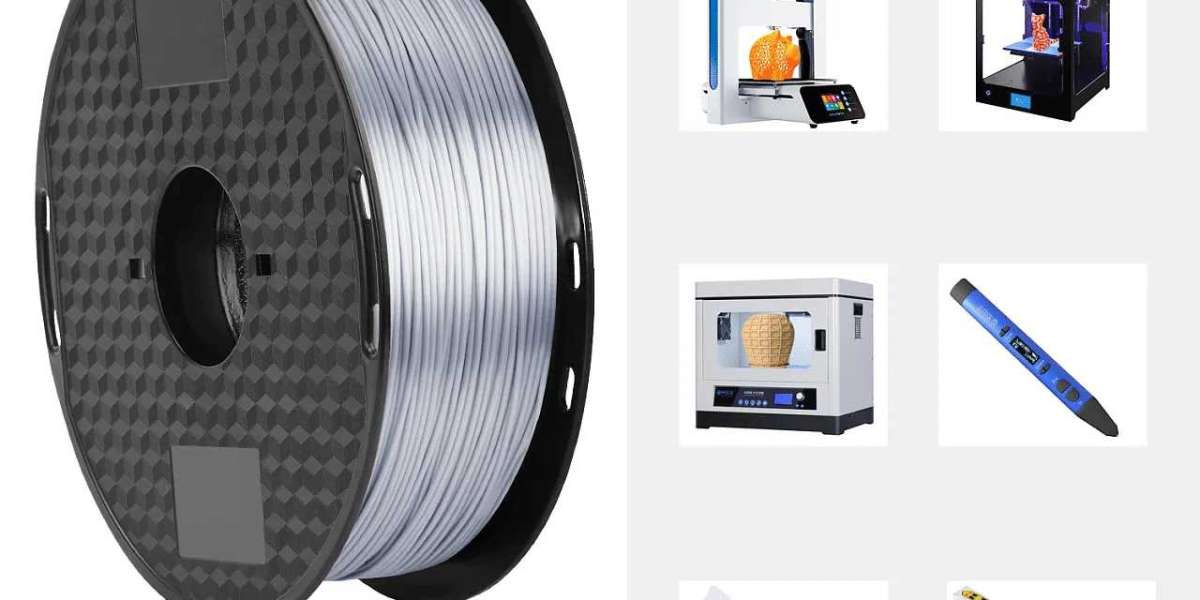In 3D printing technology, the phenomenon of filament drawing is one of the common and challenging problems. Filament drawing means that in the printing process, the plastic filament hangs out from the nozzle when the print head moves, forming a small plastic thread remaining on the print. This not only affects the appearance quality of the printed part, but also may adversely affect its mechanical properties. In order to effectively solve this problem, several scientific and practical solutions will be detailed in the following.
Adjusting the pull-back setting is one of the most common ways to solve filament drawing problems.
Pull-back means pulling the filament back some distance from the nozzle before the print head is moved to a new position to reduce leakage of plastic during nozzle movement. The ejection Settings include the ejection distance and ejection speed.
The pull-back distance determines the amount of plastic that is pulled back from the nozzle.
In general, the more plastic is pulled back, the less likely it is to sag when the nozzle moves. Direct drive extruders generally require a pullback distance of 0.5 to 2.0mm, while some Bowden extruders may require a pullback distance of up to 15mm due to the greater distance between the extruder drive gear and the hot nozzle. When adjusting the withdrawback distance, you can increase it by 1mm at a time and watch the print effect until you find the best value.
The pumping speed, which determines how quickly the consumables are removed from the nozzle.
If the pumping speed is too slow, the plastic will hang out from the nozzle and leak; Too fast may cause the consumables to disconnect from the plastic in the nozzle, or even damage the surface of the consumables. The ideal pumping speed is between 1200-6000mm/min (20-100mm/s), depending on the material used.
Extruder temperature is also an important factor affecting filament drawing.
If the temperature is set too high, the plastic in the nozzle will become very viscous and easily flow out of the nozzle. The proper temperature can ensure the good flow of the plastic, while avoiding the phenomenon of 3d printer filament drawing. Under normal circumstances, the printing temperature of PLA should be between 190-210 ° C. If there is a drawing problem, you can try to reduce the temperature by 5-10 ° C to improve the print quality.
Material moisture is also a common cause of filament drawing.
The printing material is easy to absorb moisture in the air during storage, and the material after moisture is easy to produce bubbles at high temperatures, resulting in problems such as filament drawing and surface roughness during the printing process. Therefore, proper storage of printing materials, the use of drying boxes or sealed bags, and into the desiccant, is an effective measure to prevent filament drawing.
For the phenomenon of filament drawing that has occurred, some post-processing methods can be used.
For example, the drawing site is heated using a welding table or heat gun to melt and reintegrate the plastic filament into the print. Or use tools such as a pen knife to gently scrape the brushed part and then polish it to restore the appearance of the print.
To sum up, solving the problem of 3D printing filament drawing needs to start from many aspects, including adjusting the withdrawal distance and speed, optimizing the temperature of the extruder, ensuring the drying of the material and post-processing. Through these methods, the phenomenon of filament drawing can be effectively reduced and the quality of 3D printed parts can be improved.



